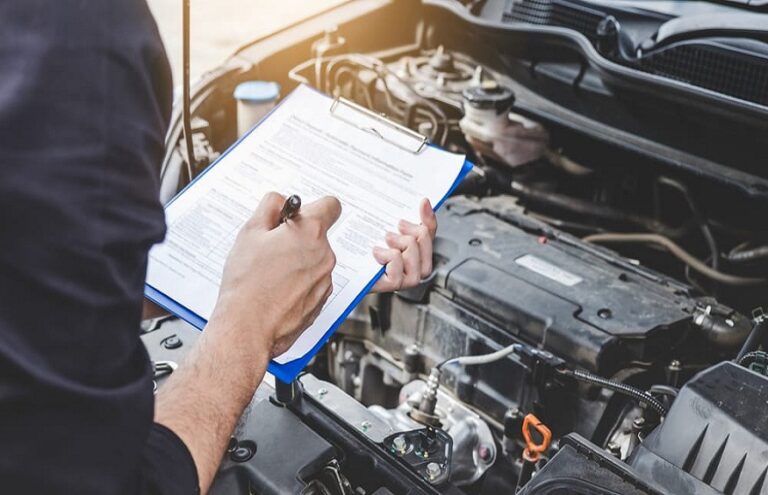As a vehicle owner and driver, one of the most important things to check on your car regularly is the condition of your tires. As they are the main contact between you, your passengers and the road, it is extremely important to keep your tires in tip-top condition. When performing a visual inspection of your vehicle’s tires, you should look for different symptoms of wear, and keep your eyes peeled for signs of uneven wear.
You may be wondering what the causes and symptoms of uneven tire wear are. Here , the experts at blackcircles.ca – one of Canada’s most popular places to buy tires online – break down some of the most common signs of uneven wear, how these signs can be identified, and what can be done. be the causes.
What Causes Uneven Tire Wear?
There are a number of common causes that lead to uneven tire wear. These causes include misaligned or poorly balanced tires, or overly worn suspensions and shock absorbers. Uneven tire wear can sometimes even be a symptom of running too long on low-end tires, or you could be driving on worn tires that need to be replaced. Below we present the different types of irregular wear, their appearance
Faceted Wear (Dimples and Buckets) – This wear appears as a series of abnormally worn areas or dimples appearing every 3 to 4 inches on the tread blocks, which look somewhat like buckets.
If your tire’s uneven wear appears in intermittent dips, it’s likely that you have a suspension problem. If your suspension – that is, the system that includes your tires, your springs, your shock absorbers and the various equipment that holds this system in place – is failing, your tires may wear out in buckets.
At the first sign of facet wear, you should immediately take your vehicle to a repair shop. An approved mechanic will identify the signs of wear on your tires and will be able to investigate the causes. However, in addition to likely needing repairs to your suspension, tires that show signs of wear and tear should be replaced immediately. In most cases, dips occur on either the front or rear pair of tires due to suspension issues (it is unlikely that both sets of suspensions will have issues at the same time), so if you’re lucky, only two out of four tires will need to be replaced after your suspension is repaired.
Inside edge wear of tires – Another symptom of uneven tire wear can manifest as inside edge wear. If you visually inspect your tires and see uneven wear on their inside edge, you have what is called a “camber” problem. A camber problem comes from a problem with the up and down movement that the weight of your vehicle puts on your tires. It can also be the angle of your wheel as it rests on the road.
A properly positioned tire sits evenly on the road, ensuring even wear on your tires. If you notice uneven wear on your tires on the inside edge, your wheel is not properly seated on the road and extra pressure is being paced on the inside edge, causing uneven tire wear. .
Again, if you think you have a camber problem causing uneven tire wear, you should take your vehicle to an authorized repair shop. There can be a number of issues related to uneven tire camber, such as suspension issues including worn cam bolts, ball joints, shim adjustments, or necessary adjustments to the control arms. And, if you have significant wear on the inside edge of your tires, it is best to replace these tires, to ensure safety and ride comfort.
Vibration – Another sign of uneven wear is a feeling of vibration coming from your tires. If they wear unevenly, or even if they are simply worn out and need to be replaced, you will often feel and hear a new vibrating sound or sensation.
If you notice vibrations, then you need to check the condition of your tires. If the tread depth is less than 4/32 in., this could be the reason for the vibration, and you should start looking for new tires. Additionally, if you notice that your tires are worn unevenly and show signs of cupping or cupping (see above) or uneven wear patterns, this can also cause vibration and it may be -time to replace them.
How to Fix Uneven Tire Wear?
As you can see, uneven tire wear is the result of a number of causes, some easier to resolve than others. While issues like faceted wear or heavier wear on the inside edge likely mean a more expensive repair at the mechanic, it’s also possible that your uneven wear means your tires are old and worn and they need to be replaced. Whatever the cause, it’s always important to make sure your tires are still in good condition, as worn tires can lead to significant safety issues and an uncomfortable ride.





















+ There are no comments
Add yours